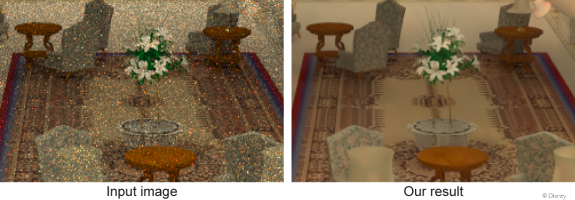EDINBURGH Napier academic Kenny Mitchell helped improve visual quality of one of the summer’s blockbusters films, now coming out on Digital HD and Blu-ray.
Techniques developed by Professor Mitchell, from the School of Computing, were used in early technical development experiments relating to Finding Dory, Pixar’s computer animated comedy-drama which was released as a sequel to 2003’s Finding Nemo.
Featuring the voices of Ellen DeGeneres and Albert Brooks, the film tells the tale of an amnesiac fish who is captured and taken to a public aquarium while journeying to a reunion with her parents.
Professor Mitchell, who is Senior Research Scientist for Disney Research in Edinburgh, has been involved in developing a new method to improve the rendering of high-quality images from 3-D models.
The technique drastically reduces the noise, or discoloured pixels, contained in pre-show animated images, while preserving fine detail, until final cinema quality is reached adaptively.

Researchers found they could improve the performance of Monte Carlo ray tracing - a popular technique for producing realistic animations - by varying the polynomial functions used to control image reconstruction based on the complexity of each region of the image.
Kenny said: "The main observations of this new work are that polynomial functions can accurately approximate small image regions of varying complexity and, further, that automatically choosing the correct polynomial function for each region is important.
"For instance, low-order polynomials, such as linear functions, make a good choice to represent smooth image regions. In contrast, higher order polynomials, such as cubic functions, are used to represent more complex regions, such as edges and corners."
The images shown here, created by Kenny in the course of his research, display before and after denoising results.